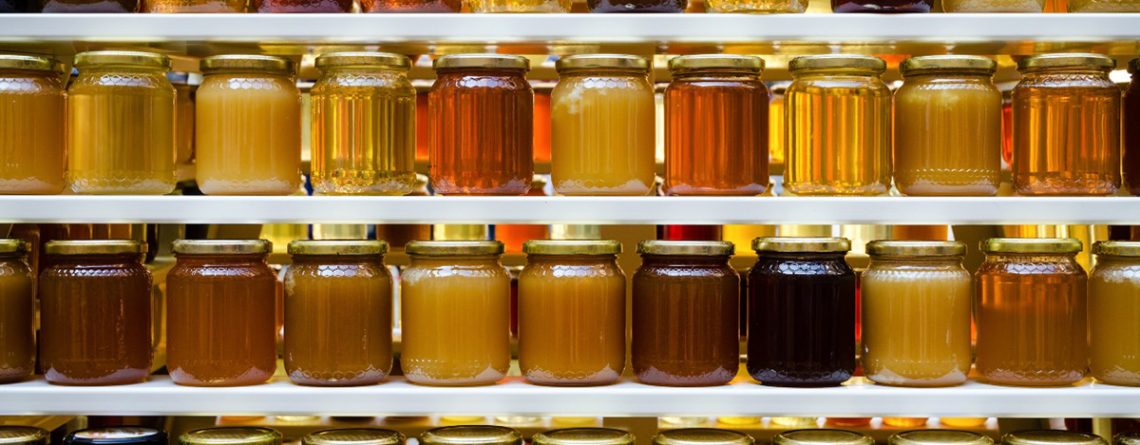REAL HONEY V/S SUPERMARKET HONEY
Hello,
Over the years, we have repeatedly observed that most consumers have very limited understanding of the honey they are buying from supermarkets.
There are so many honey brands options available to choose from that it might be confusing and tricky to decide which one to buy.
While honey is a terrific wonder food, a liquid gold in the true sense, it is vital that you pick your honey wisely to reap maximum benefit from its consumption.
In our next blog, we will be writing about the myths revolving around honey.
But for now, let’s delve deeper in to the differences between supermarket honey and real honey.
For starters, a jar of a commercially processed honey will be absolutely identical, year on year and across geographies. It is usually, very clear in appearance with almost zero turbidity, flowy or runny due to the high moisture content; and the taste will be “just sweet” but not flavorful.
These honeys are usually a mix of honey from multiple floral sources.
Most commercial honeys have a set formula so that the taste and colour remains identical.
Unfortunately, it is also true that most of these also have very little content of natural honey and maximum content of synthetic honey.
If you have observed a fruit closely, you will know that the very same fruit e.g. a mango; is never identical in taste, colour, shape, texture etc. year on year.
This is because it is a natural food and something natural can never be identical each time.
Similarly, honey is no different. It is a wonderful super food, made by the extreme hard work of our dear worker bees and packed with “bee-nefits.”
The taste, texture, colour, viscosity, turbidity, etc. in honey, also vary season to season.
These are affected by several factors like weather conditions, location, soil health, bee health and many more.
Therefore, in a way, inconsistency is a sign of purity, as far as natural foods are concerned.
A certain level of turbidity is observed in real honey and this is due to its minimal pollen content. It is advisable not to filter out all the pollen content since it has several health benefits to offer.
Also, real honey crystallizes over a period of time.
If it does not crystallize at all, for years together; it is probably synthetic or there could only be 2 reasons:
- The natural fructose content in it is higher than the natural glucose content. This is a unique property of the Kashmiri Acacia honey in India.
- Or it has been processed at very high temperature to break the natural sugar bonds to prevent crystallization. This process destroys all the goodness of honey since enzymes, amino acids, flavonoids and nutrients don’t survive at such high temperature. They barely survive up to 45 degrees Celsius. And therefore, the consumer is left consuming only sugars.
Here are a couple of factors that could help you in evaluating the authenticity of honey, the next time you are at a supermarket:
- Is the source of honey mentioned on the label? What are the certifications the company has? (verify on the website).
- Is there a mechanism of traceability suggested?
- Does the jar just say honey, or is there a more detailed description?
- Is it a farm to table product?
- Are the details of the manufacturer the same as that of the packer? If not, it shows signs of very little quality control.
Thank you for your time J
#Beelicious #Honey #BeeliciousHoney #Original #Pure #RealHoney #SupermarketHoney


